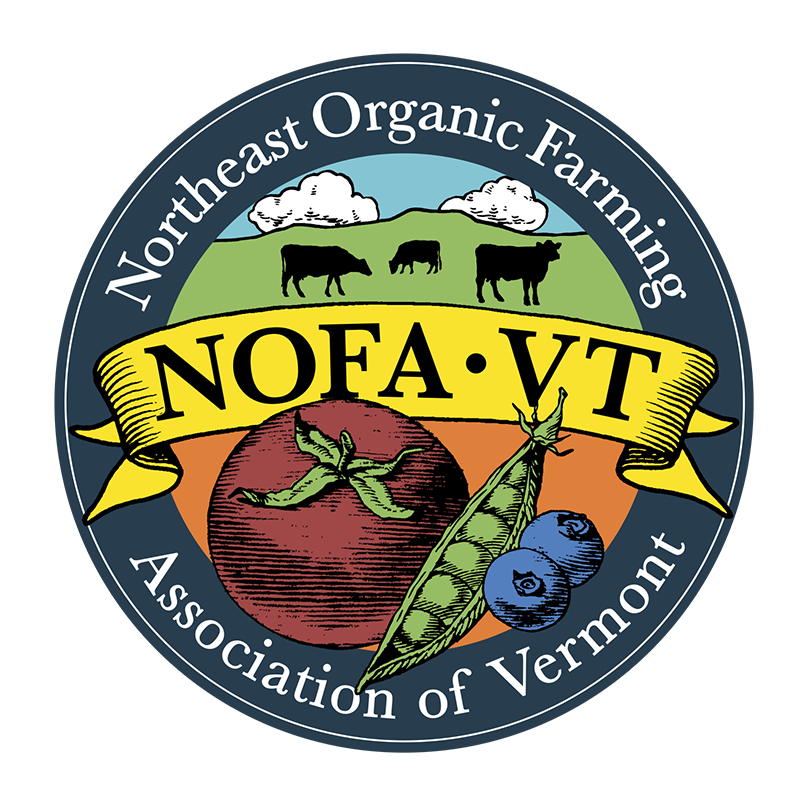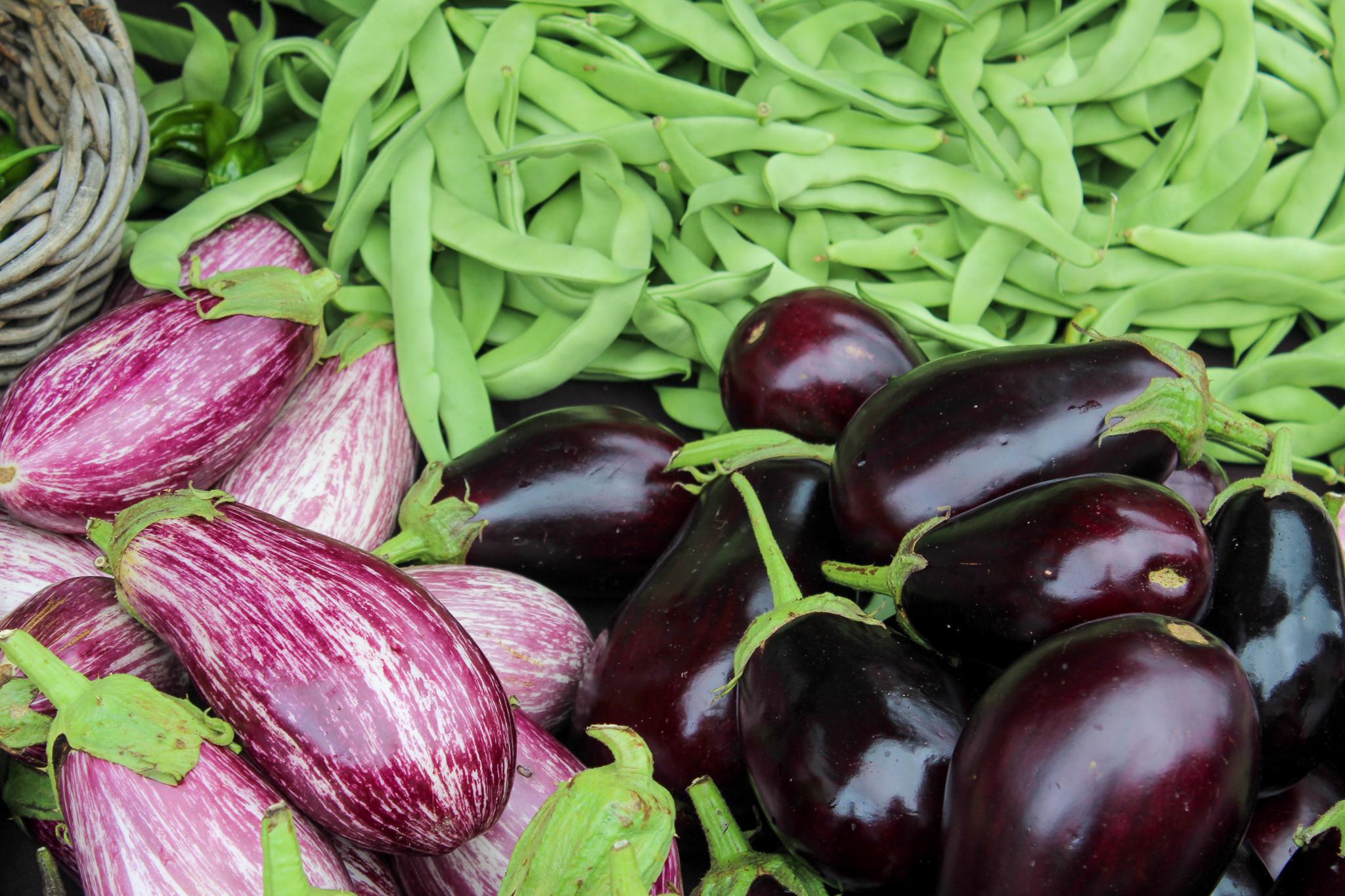A couple weeks ago, Nature Communications published a study then shared widely with titles designed for shock factor, such as MIT Technology Review’s: “Sorry, organic farming is actually worse for climate change.” The study’s authors concluded that, “Organic practices…require more land to produce the same amount of food,” and that “Clearing additional grasslands or forests to grow enough food to make up for that difference would release far more greenhouse gas than the practices initially reduce.” Articles about this study have been shared widely, and a good friend wrote me plaintively, “Can this really be true?!”

As a farmer and organic-farming-advocate, I dove into the research, curious for unexpected facts or something that might actually challenge my direct experience and research. I found none. Instead, what surprised me most was the shockingly simplistic metrics the study employed, coupled with a lack of whole systems thinking, which underpins organic farming.
The study sought to answer the question, “is organic farming worse or better for climate change?” with a single metric: the amount of food produced per acre in England and Wales. Despite acknowledging that organic production systems had higher yields of crops such as potatoes, carrots and onions, and ignoring long-term studies that show organic methods can match conventional grain yields, the study estimated that organic production produces 40% less food per acre on average. The study also assumed that consumers would demand the same agricultural commodity products produced currently, and that one-third to one-half of food produced globally would continue to be wasted in perpetuity.
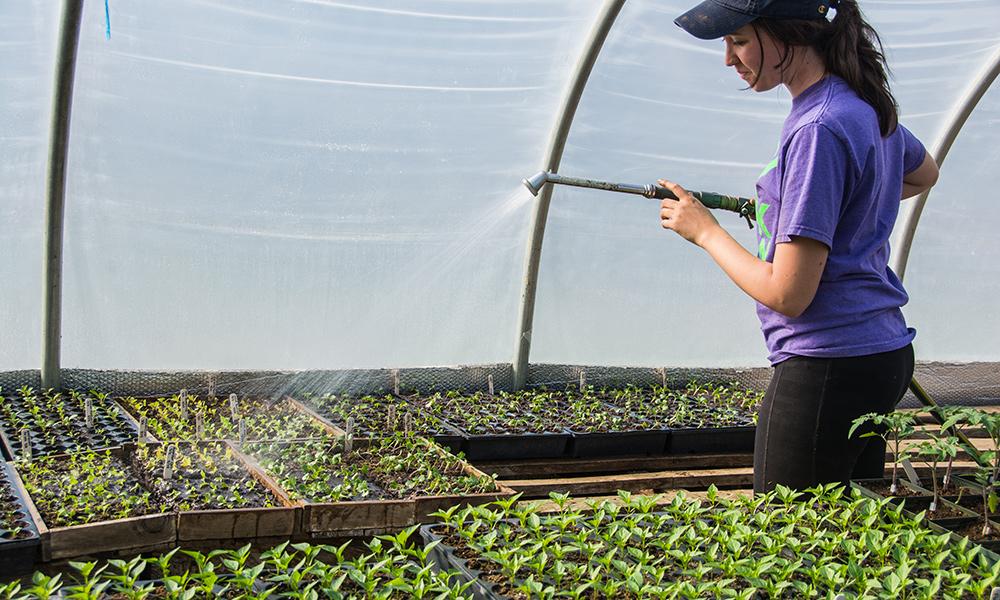
The study acknowledged many ways in which organic practices reduce greenhouse gas emissions, citing that “Organic pig production results in lower GHG emissions per unit of production [...] organic dairy, beef and sheep production results in lower total GHG emissions per unit of production [...] the direct emissions associated with organic crop and livestock production are smaller for organic farming compared with conventional.” It is only when the estimates of the amount of land that might be converted to crop production overseas were included that the scales began to tip. But this is not an inevitable outcome of converting more production to organic.
Why would we stick with the exact same crops, diets and distribution models? Why not explore the question of what makes most sense for farmers to grow in their region? Are these machinery, land, fossil-fuel-based, and resource- intensive commodity crops that are steadily more consolidated and corporately-owned the most sensible choice for the future?
If there has been a clear pattern in consumer preferences over the past few decades, it has been away from conventionally produced commodity products and towards locally produced, organic products, as evidenced by the annual growth in organic product sales, the proliferation of farmers markets and the success of myriad “buy local” campaigns. Perhaps eaters are hungry for the interwoven benefits of organic agriculture: biodiversity supported, topsoil grown, water cleaned, communities made more resilient.
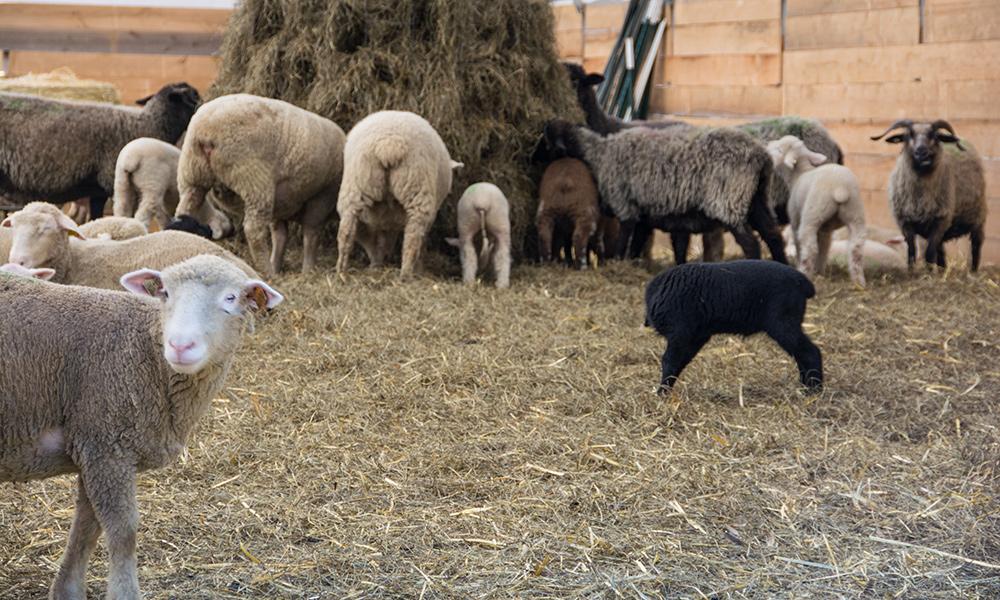
I find it quite possible to imagine my diet in the future being different than the one that I eat today. When Cuba lost access to global food markets, their food production radically shifted to be one of and for the people of the land of Cuba, and regardless of how you might feel about the political reasons underlying that shift, the country demonstrated an illuminating example of a hyper-local food system. While the average Cuban did lose weight during that period, the country also pioneered innovative urban farming, soil-intensive practices, and regenerative agricultural practices that did not rely heavily on expensive, imported and polluting synthetic chemicals. In a future with less access to cheap (read: subsidized) fossil fuels to power up large machines, and less desire to truck them thousands of miles, our consumption will shift to more regionally appropriate, seasonally available crops.
These crops don’t often grow in monoculture. An acre growing nuts, with an understory of vining berries, mushrooms, and ruminants, would not only provide more calories, but more nutrition than an acre of a single crop. The details of what a place-specific, seasonal diet would provide will vary from region to region, based on climate, land base, population, soil types. Staple foods could be sweet potatoes, pigs, and collards in the southeast, and sheep, apples, and squash in New England. Indigenous communities, who managed to thrive for thousands of years, all had regional, seasonal diets.
The study also completely overlooks the (delightfully tidy!) fact that even if the findings are correct, and organic agriculture produces 40% fewer calories per acre, that difference in production is equal to the percentage of food wasted annually in the USA. This food waste hits again as a methane producer, adding to the climate crisis. Where I live in Vermont, Salvation Farms found that the major gleaning operations gleaned a combined 617,696 pounds of produce in 2015, and organizations of their ilk continue to work with farmers of all types to find ways to reduce food loss. Reducing food waste would nullify the need for more land, allowing us to reap all of the environmental benefits of organic farming.
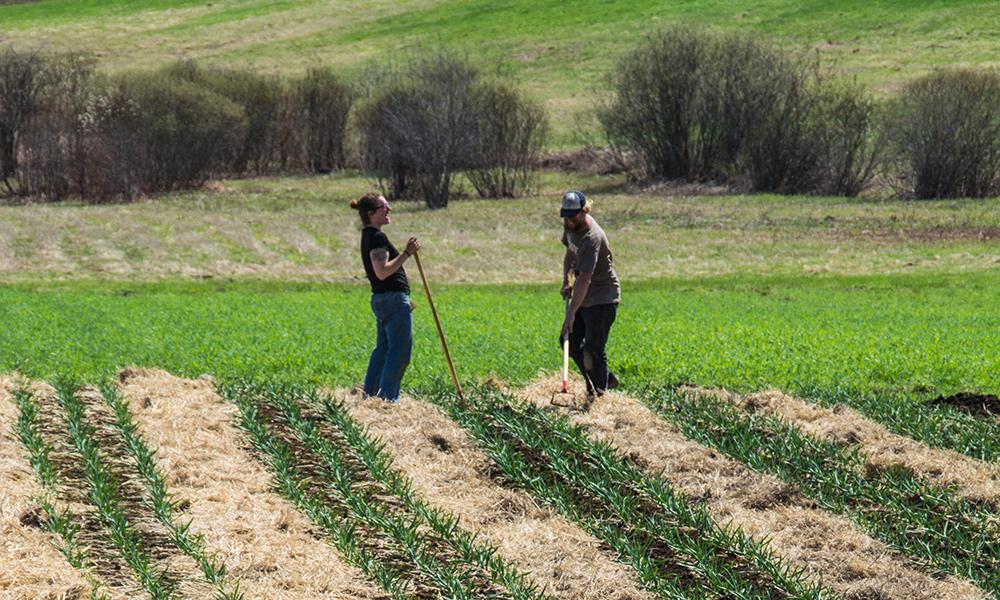
As a mother of two small children, I imagine future possibilities all the time. Climate crisis is just one component of an ecological system in massive decline that threatens our food supply. Pollinator die-off, toxic waterways, lifeless oceans, depleted soils, nutrient-poor foods, a consolidated, and corporate-controlled food system all present major challenges to my toddler thriving into her old age. Simplifying the question to a measure of calories per acre represents a serious lack of understanding about the ecological healing that is possible through the work of a farmer steward—or the complexities facing our food system today. Organic farming presents a solution to all these threats, and a path to a viable, healed food system.
When we imagine a food system that will nourish our children for decades to come, we seek to understand the vastly complicated web of relationships that whole-systems farming supports. Organic farming can provide food while sponging up atmospheric carbon, reducing food waste, supporting biodiversity, and building relationships. Commodity calories produced at massive scale and owned with corporate profit will never build a healthy food system. Let’s work together for an organic, regenerative agriculture that can heal the earth and nourish people—our children’s lives depend on it.
Grace Oedel is the Executive Director of Northeast Organic Farming Association of Vermont, an organization supporting food and farming at the intersection of social and environmental justice.
